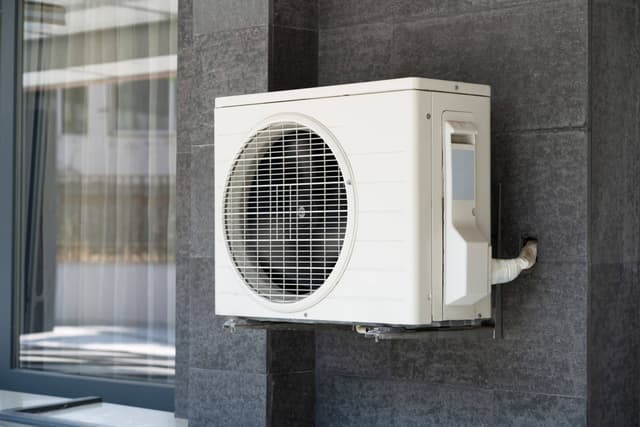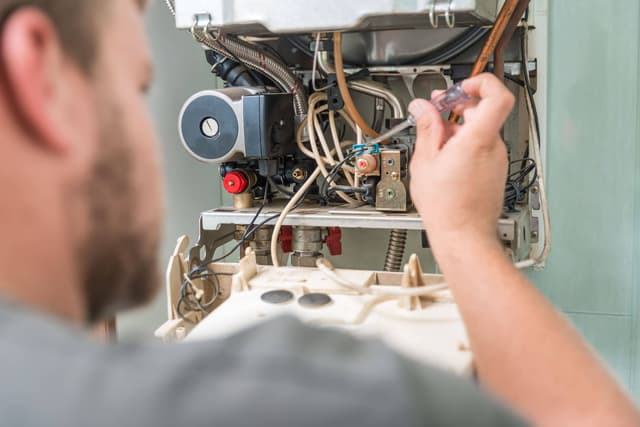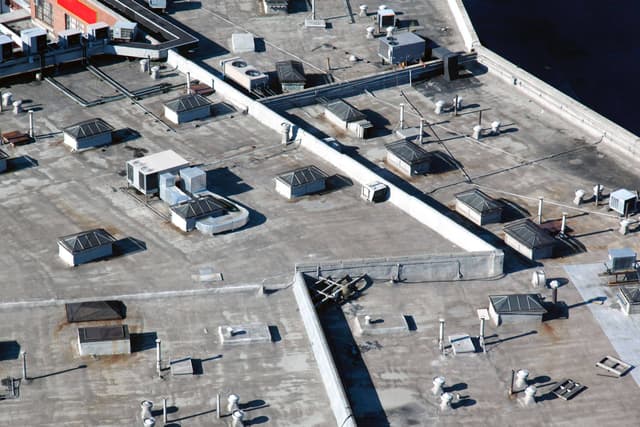PTAC Units: Expert Repair, Retrofits, and Replacement Services for Optimal Climate Control
Understanding PTAC Units
PTAC units provide efficient heating and cooling for individual rooms. These self-contained systems offer temperature control, energy efficiency, and energy savings in various settings.





















































































